#1 Draped Bust Half Dime Buyer Las Vegas & Henderson
In the year 1796, another variety of half bust dimes was designed to be distributed to the people. The reason for a change of design was how the people reacted to the Flowing Hair Half Dime. The opinions were divided into two-positive and negative. Although it was created to honor Lady Liberty, the production of the coin was stopped after two short years.
What people say…
- Lady Liberty symbolizes the peace and friendship between France and the United States of America during the early years. She became an emblem of freedom and represents the country itself. That is why people really take it seriously when they thought that Miss Liberty was not justifiably designed. A lot of people commented on how the coin was created, especially the flowing hair. While others thought of it as frightening, others thought of it as demeaning.
It appears that only Robert Scott and a few officials of the U.S. Mint liked the flowing hair design. During that year, the U.S. Mint Director Henry De Saussure, had a few targets in mind and one of those was to redesign the flowing hair. He wanted something essentially different from the previous work of Robert Scott, Gilbert Stuart came into the picture as De Saussure wanted another artist.
Gilbert Stuart was widely and well recognized for his portraits of General Washington. Two more loyal clients of Stuart were Martha Washington and Mrs. William Binghan of Newport, Rhode Island. The two madams ordered two full-length portraits of General Washington to be sent to their respective homes. He was then requested by De Saussure to submit some sketches for a new version of Lady Liberty. Ms. Bingham became his model for the sketch then.
The sketches were taken by Robert Scott from Stuart, using Mrs. Bingham again to create a different design. In Scott’s design, a drapery covered her neckline and a ribbon was tied on her flowing hair. Surrounding her were stars. The word “LIBERTY” was inscribed above her, while the date it was decided to be beneath her. There were 15 stars in the 1796 pieces to represent the 15 states. There were seven stars to the right and eight of it to the left. The reverse, however, was not changed. It was still the American eagle with an olive wreath and with “UNITED STATES OF AMERICA” inscribed around the eagle.
The first coins were struck in 1796 with a total number of 10,230 which included some defective coins where the letter “B” in “LIBERTY” had a defect making the word look like “LIKERTY.” In the following year, 1797, a number of more than 44,527 coins were produced for circulation. Moreover, in this year, the number of stars were somehow changed two times.
There were three stages of changes the obverse went under.
- The first design made originally has 15 stars to represent each of the states in the country in Union. However, on that year Tennessee became the 16th state, which made the number of stars around Lady Liberty to 16. Realizing that the more stars they added, the more unappealing and unattractive it makes the coin. This made the U.S. Mint come up with the 13 stars. A variety that represents the thirteen original states of the United States. This became the permanent design for 1797. But no Draped Half Bust dimes were coined in 1798 and 1799.
1800 and the new reverse
In the year 1800, the production for the Draped Half Bust dimes was continued. Having said that, the reverse went into a total alteration. This caused two major varieties of Draped Half Bust dimes – the small eagle and the heraldic eagle. Obviously, the Small Eagle variety was minted in the years 1796 to 1797. It was the first design for the obverse. However, when Draped Half Bust dimes came back to production in 1800, a different reverse came into action. The Heraldic Eagle variety took after its design from the Great Seal of the United States and it stayed in the circulation longer than the first version of it. It was minted between the years 1800 to 1805. The new-look gave the previous skinny eagle a complete transformation.
- Mintage was doing fine during the first two years. But scarcity occurred in 1802 with only 3,060 Draped Half Bust dimes were produced because of shortage in silver.
- 1803 saw two varieties of Draped Half Bust dimes – large eight and small eight, with a total number of 37,850 coins minted.
- It was an unproductive year in 1804 when no coins were struck.
- In the year 1805, about 15,600 coins were minted. Yet, that was the last year that the Draped Half Bust dimes were minted. The circulation of Draped Half Bust dimes was getting weaker until it was no more in 1829.
The things that happened in the past caused Draped Half Bust dimes to be a rare type of coin for collection. Furthermore, it is difficult to find decent samples nowadays. Most of the coins are now in good or average condition. It is thin on the ground that a collector can find a Draped Half Bust dimes in fine to the very fine state. Uncirculated specimens are extremely rare or non-existent. Draped Half Bust dime’s value starts at $847 to $9,440 or even higher, depending on the grade of the half dime.
Nonetheless, because of the length of time since it was struck and the coin collecting trend’s time difference, it would be very hard to come across such a coin that is in sellable order. Due to the small production over the course of four years – 1804 not included, the number of coins that could be present now is very low. And if there are, they would not be of fine quality as they were worn out in the circulation and of the years. That is why finding a Draped Half Bust dime in such a perfect state is very much impossible. A lot of collectors have tried to look for it and get a hold of it, but none have succeeded.
https://www.pcgs.com/coinfacts/category/draped-bust-half-dime-1796-1805/92
https://www.apmex.com/draped-bust-half-dimes
https://sellcoinsnearme.com/early-half-dimes/




































